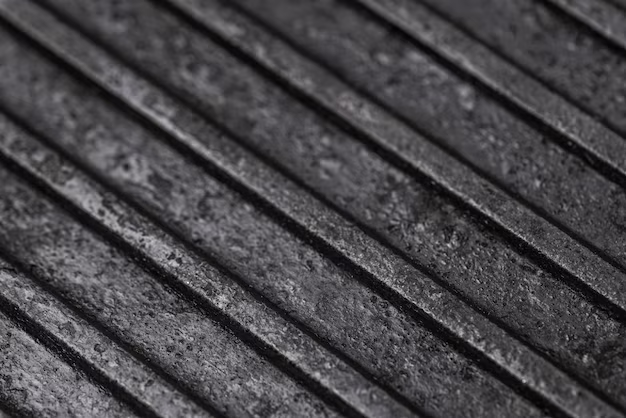Slate roofing has a long-standing reputation for its durability, beauty, and timeless elegance. For centuries, slate has been used as a roofing material, adorning historic buildings, castles, and churches with its distinctive charm. In this comprehensive guide, we will explore the history, benefits, installation process, maintenance, and sustainability of slate roofing.
History of Slate Roofing
Slate roofing has a rich history that dates back hundreds of years. The use of slate as a roofing material can be traced to ancient times when it was first quarried and shaped into flat tiles for covering roofs. In Europe, particularly in regions like Wales and Spain, slate has been a popular choice for roofing due to its abundance and durability. The iconic look of slate roofs can be seen on historic buildings worldwide, showcasing the enduring appeal of this natural material.
Benefits of Slate Roofing
Slate roofing offers a plethora of benefits that make it a desirable choice for homeowners and architects alike. Some of the key advantages of slate roofing include:
- Durability: Slate is known for its exceptional durability and longevity, with some roofs lasting over a century with proper care.
- Aesthetics: The natural beauty and elegance of slate enhance the curb appeal of any property, adding a touch of sophistication.
- Fire Resistance: Slate is a non-combustible material, making it an excellent choice for fire-prone areas.
- Weather Resistance: Slate roofs are highly resistant to extreme weather conditions, including wind, rain, and snow.
- Sustainability: Slate is a natural material that can be recycled and reused, making it an environmentally friendly roofing option.
Installation Process
Installing a slate roof requires skill and expertise to ensure a proper and long-lasting finish. The installation process typically involves the following steps:
- Roof Inspection: A thorough inspection of the existing roof structure is conducted to assess its condition and suitability for slate roofing.
- Underlayment Installation: A waterproof underlayment is laid over the roof deck to provide an additional layer of protection.
- Slate Layout: The slates are carefully laid out in overlapping rows, starting from the bottom of the roof and working upwards.
- Fixing: Each slate tile is secured to the roof deck using nails or hooks, ensuring a tight fit and proper alignment.
- Flashing and Ridge Installation: Flashing is added around roof penetrations and at intersections to prevent water infiltration, while ridge tiles are installed at the roof peak for a finished look.
Maintenance of Slate Roofing
While slate roofs are known for their longevity, proper maintenance is key to preserving their beauty and structural integrity. Some maintenance tips for slate roofing include:
- Regular Inspections: Periodic inspections of the roof for damaged or missing slates, as well as signs of wear and tear, are essential.
- Cleaning: Gentle cleaning of the roof surface to remove debris, moss, and algae helps prevent moisture retention and prolong the lifespan of the slates.
- Repairing: Prompt repair of any damaged or missing slates to prevent water infiltration and maintain the integrity of the roof.
- Gutter Maintenance: Keeping gutters and downspouts clear of debris to ensure proper drainage and prevent water backup on the roof.
Sustainability of Slate Roofing
In an era of increasing focus on sustainability and environmental responsibility, slate roofing stands out as a sustainable choice for residential and commercial buildings. Here are some ways in which slate roofing promotes sustainability:
- Natural Material: Slate is a natural material quarried from the earth, making it eco-friendly and renewable.
- Longevity: The longevity of slate roofs reduces the need for frequent replacements, minimizing waste and environmental impact.
- Recyclability: Old slate tiles can be recycled and reused in various construction projects, reducing landfill waste.
- Energy Efficiency: The thermal mass of slate helps regulate indoor temperatures, reducing the reliance on heating and cooling systems.
Conclusion
In conclusion, slate roofing continues to captivate homeowners, architects, and preservationists with its enduring beauty and remarkable durability. From its historic origins to its modern-day applications, slate roofing exemplifies the perfect blend of tradition and sustainability. Whether you are considering a new roof or restoring a historic building, choosing slate roofing can elevate the aesthetics and value of your property while making a positive impact on the environment. Consider the timeless elegance of slate roofing for a roofing solution that will stand the test of time.











